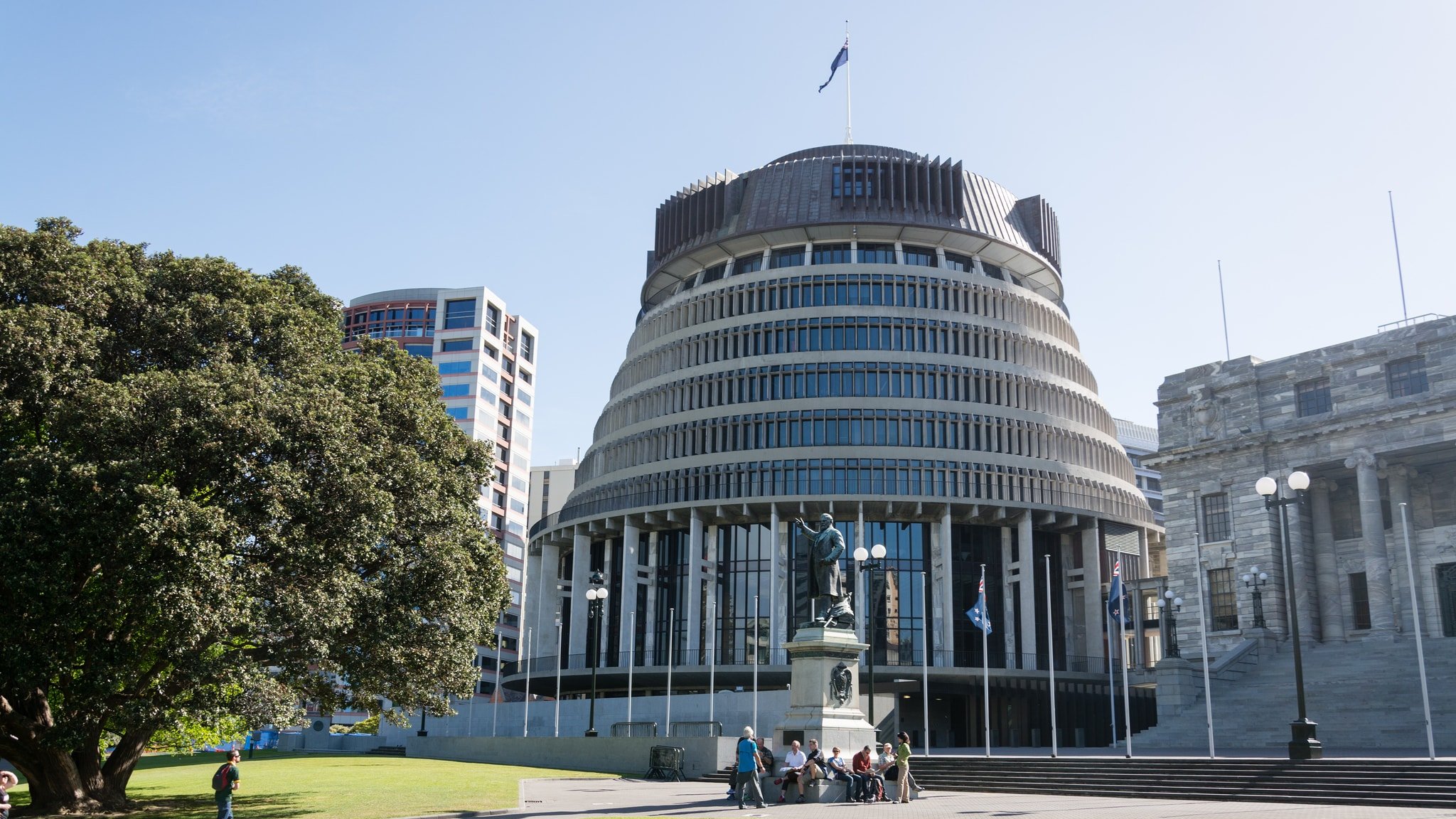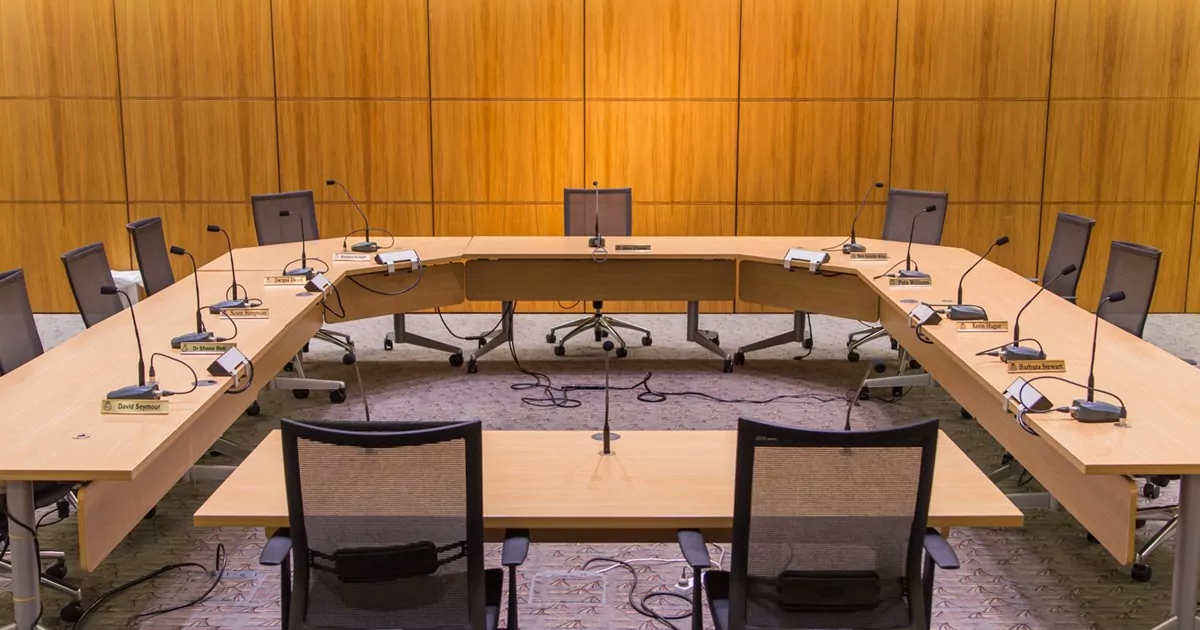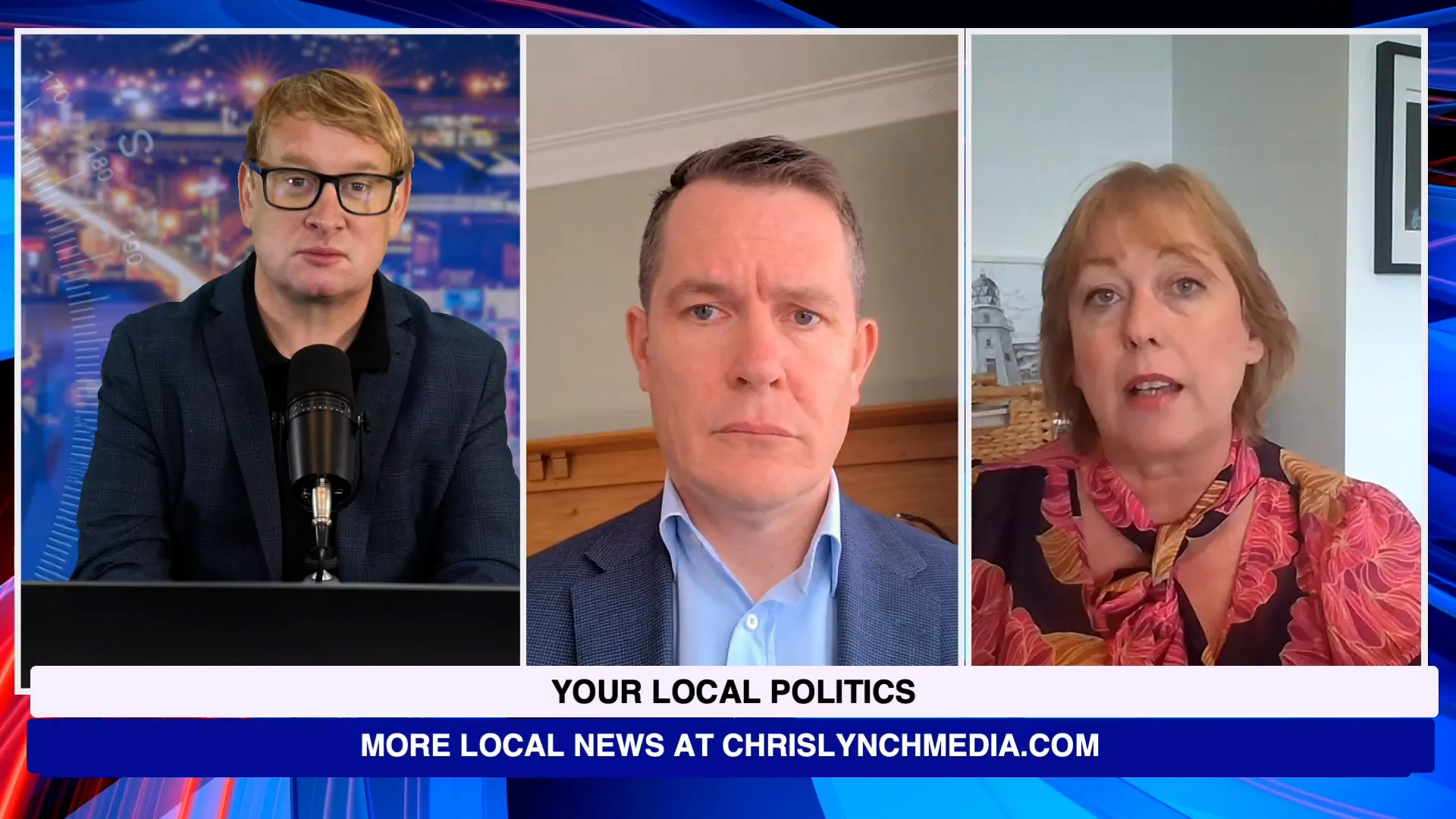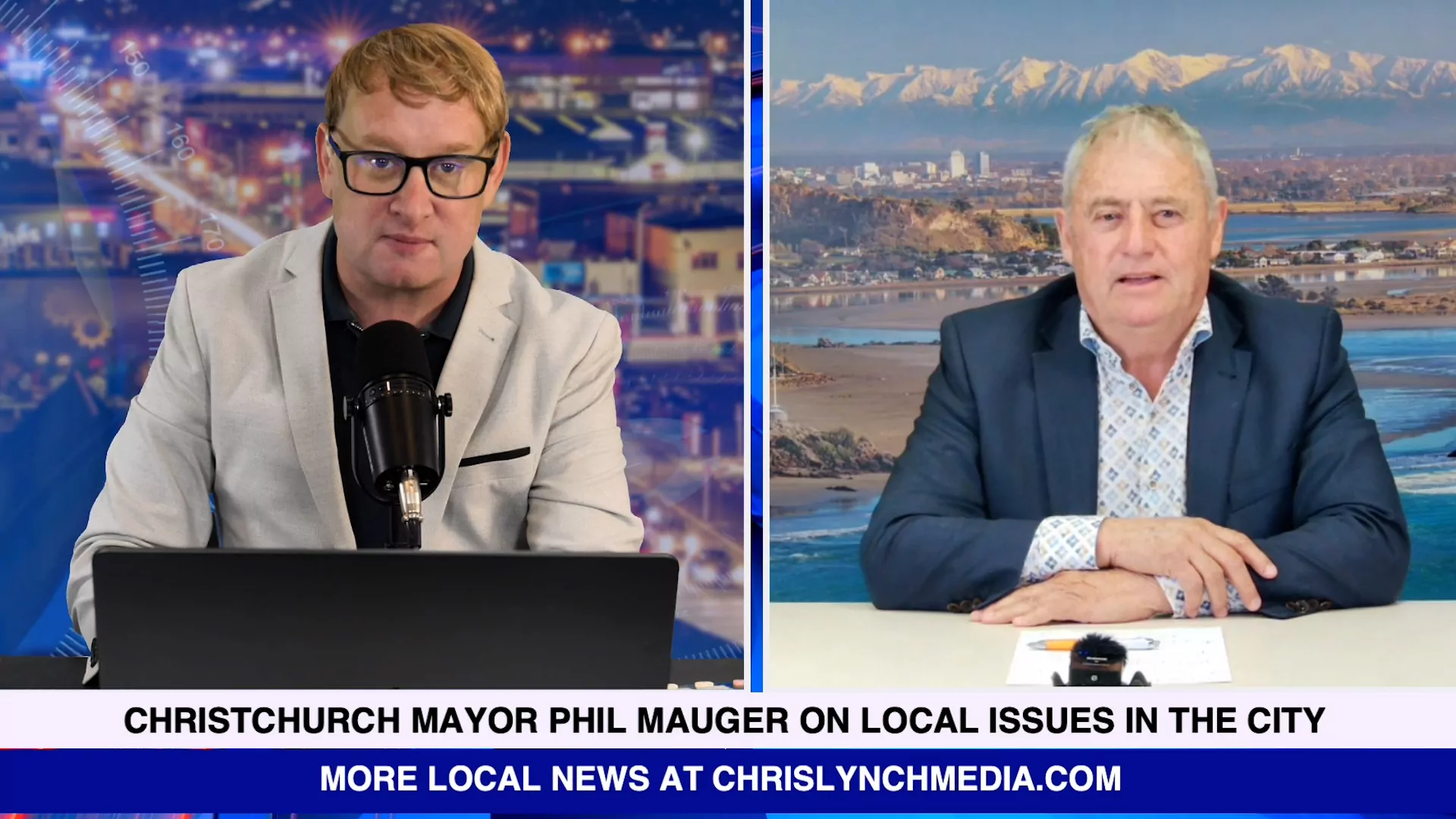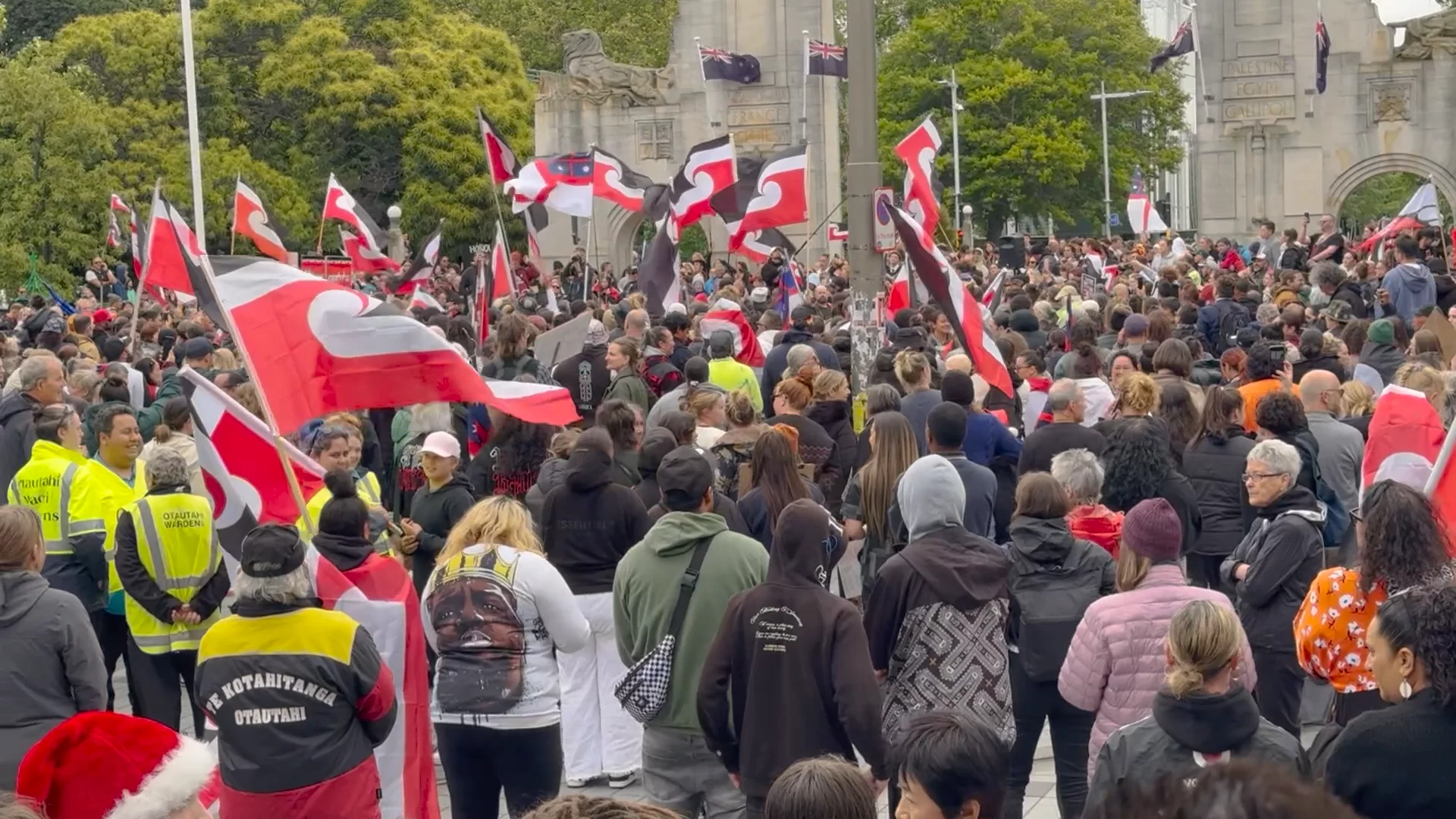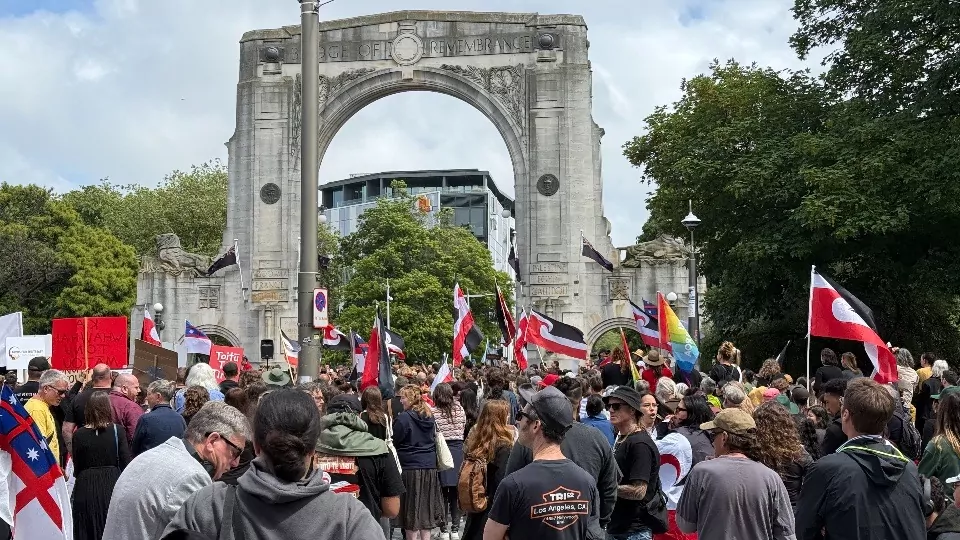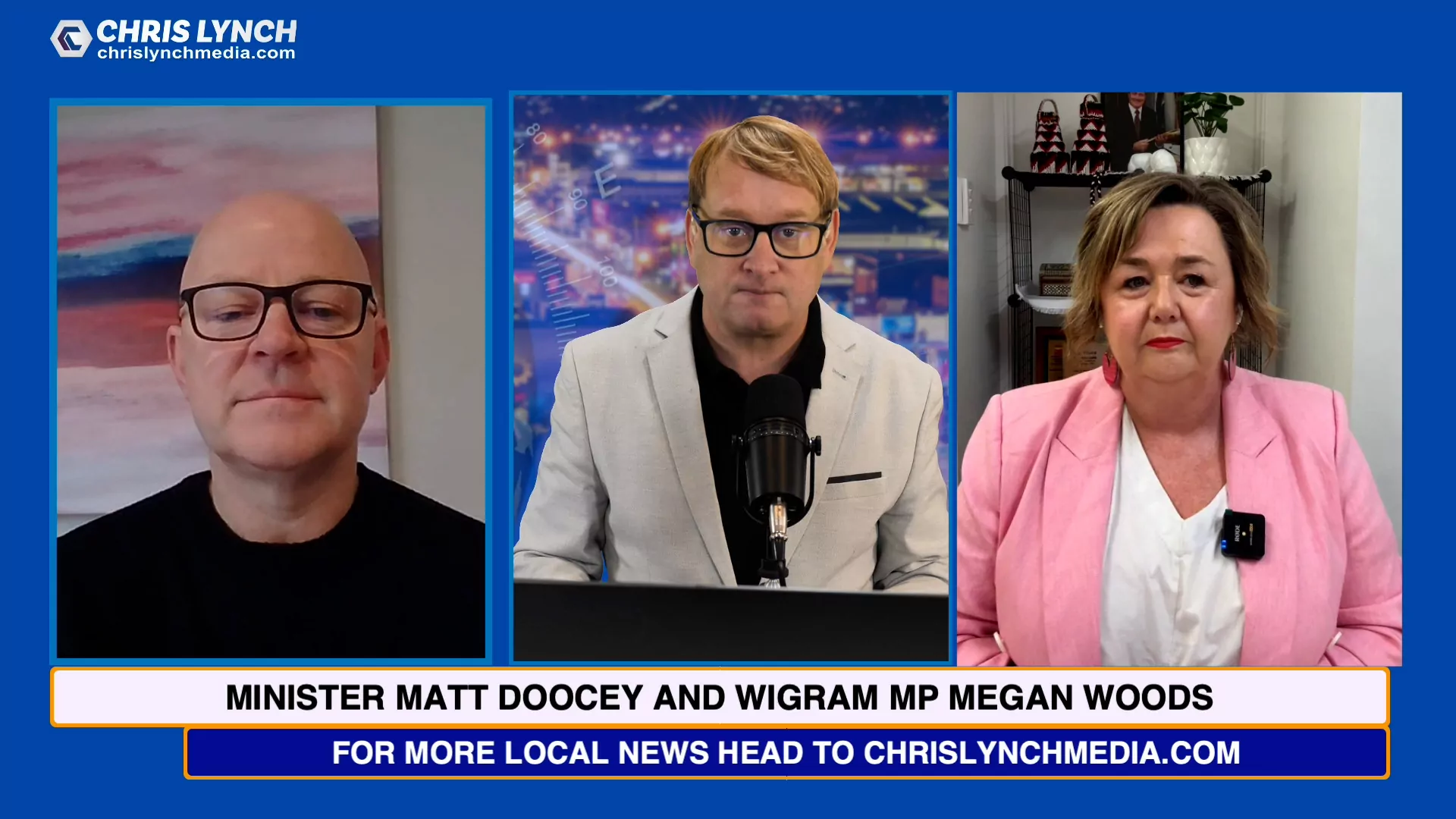New Zealand is becoming a less socially cohesive country. And the driver of this division is worsening inequality. That’s the view of most New Zealanders according to a survey conducted for the New Zealand Herald. It shows that inequalities of wealth and housing access are tearing the country apart.
The survey of 1000 people run by research company Dynata in late November showed that 64 per cent of the public thought that New Zealand society is becoming more divided. Only 16 per cent thought NZ has become more united in the last few years.
This survey backs up an earlier one carried out in January by Curia Research in which a large majority of 72 per cent said that we are more divided, with only 10 per cent believing we are less divided.
The cause of disunity: inequality
It is the unequal distribution of wealth that most New Zealanders believe is at the heart of this decline. According to the Herald’s survey, 74 per cent believe that wealth inequality is pushing us apart. In addition, when asked if “Our distribution of wealth is fair and good for the country”, 46 per cent disagreed and only 24 per cent agreed.
The second most significant factor in declining social cohesion is housing inequality. According to the poll, 70 per cent believe that access to housing is a cause of the growing division. And when asked if “Our access to housing is fair and good for the country”, 60 per cent disagreed, and only 21 per cent agreed.
The Government’s Covid response is also seen as a factor. According to the Herald, “51 per cent said it had divided us and 37 per cent said it was unifying.” But the majority of New Zealanders (57 per cent) agreed with the statement that “Our response to Covid has been well-judged and appropriate”.
The pandemic has exposed real problems and division
There is a tendency to view a lot of New Zealand’s current social cohesion challenges as being primarily due to conspiracy theories and opposition to vaccines. This is certainly the argument being put forward strongly by academics from The Disinformation Project. In responding to the Herald survey, Kate Hannah and Sanjana Hattotuwa have emphasized the problem of misinformation and disinformation as being at the heart of the problem.
However, the survey results and related evidence shows that the problem of increasing social divisions and declining social cohesion is more closely related to the very real material struggles the public are facing in their day-to-day lives. Academic focus on global conspiracies, social media, the internet, and public ignorance can distract from understanding and addressing material inequality.
There is no doubt that Covid has been a genuine driver of division and polarisation. This wasn’t initially the case in New Zealand’s experience of Covid. When the first wave of the virus swept the country it actually led to much greater unity. The public rallied and joined the “team of five million”, and most took seriously the Prime Minister’s instructions to “Be Kind” to each other. And by winning the elimination fight against Covid in 2020, Labour was rewarded with a historic 50 per cent support at that year’s election.
A major survey at the time by the Pew Research Center asked citizens in a variety of countries about their perception of conflict and tension. It showed that New Zealand was one of the least polarised nations. For example, while 90 per cent of Americans believed that there were strong conflicts between people who support different political parties, in New Zealand only 38 per cent believed this to be the case – the third-lowest country in the survey.
Everything fell apart in 2022
The Government’s continued assertion of “He waka eke noa” (We are all in this together) started to wear very thin in 2021 with the arrival of the Delta and then Omicron variants of Covid. This changed everything. As did the rollout of vaccines.
The peaceful lull of 2020-21 ended, and there was an explosion of polarisation, ugliness and toxicity. The Government’s Covid management was suddenly criticised from across the political spectrum. The “team of five million” fell apart, and intolerance and division grew.
As Sociologist Paul Spoonley told the Herald last week, “by late last year, early this year, what you notice is the trust in experts, trust in Government, trust in the media really take a big dive.”
And then, of course, there was the Parliamentary lawn occupation in February and March this year, which can be seen as a symptom of how much anger and alienation had been building up in New Zealand, not just during Covid, but probably well before it.
Much of that protest was an incoherent expression of all sorts of reactionary, backward and unconscionable worldviews. But it was also an expression of alienated, discontented and hurt people. Most of the people there were poor, unemployed, marginalised, and vulnerable, even if some influential leaders of the protest were not.
What was particularly surprising was to see how much public support they had – one survey showed that nearly a third of New Zealanders were sympathetic. It therefore continues to be most unwise or even dishonest to write that protest off as simply involving conspiracy theorists or white supremacists.
Instead, there needs to be an acknowledgment that the Government’s policies to deal with Covid – while well-intentioned – also created other real harms and grievances. Economically, there has been an estimated transfer of a trillion dollars to the wealthy, especially driven by money printing and policies designed to inflate asset prices. Housing has become even more of a crisis for those at the bottom of the economic pile.
Political polarisation is back
If the Parliamentary protest achieved anything – it has laid bare how divided New Zealand society currently is. It was an expression of the stressed social fabric that has been developing in this country. And that’s something that we must take very seriously. We can’t just try to sweep it under the carpet or pretend that it’s all down to social media or misinformation.
Authorities need to learn that the wrong approach to polarisation is to ignore and disparage the disaffected. Recently there has been a tendency in political and media circles to either ignore the existence of growing divisions or mock the marginalised.
Unfortunately, this is especially so for the “tribal left”. For those favouring the current Government, the existence of growing divisions is a very inconvenient fact while their team is in power. And those on the right often seek to opportunistically utilise the divisions for their own electoral advantage.
This all risks toxic polarisation becoming just another political football for left and right to aggressively kick backwards and forwards. It will be a shame if efforts to understand and deal with growing divisions and polarisation end up being characterised by the problem itself – the tribal left disparages the existence of divisions, and the tribal right champion it disingenuously. The left sneers at the “deplorables”, and the right seeks to find populist policies that might scratch the itch.
Of course, political polarisation has always been something of a business model for politics. Along with various social media companies and the media itself, politicians and their proxies have a vested interest in driving up outrage, promoting divisions, and stoking up culture wars. It can bring in an audience or even votes, while at the same time diverting public debate and attention away from substantive issues.
Ultimately, this all just feeds into a culture war, when what we really need now is for left and right to be focused on real solutions for the “bread and butter” concerns around jobs, housing, health, and other factors that make immense differences to people’s lives.
And the rest of us must somehow learn to be less tribal, embrace critical thinking and keep our leaders focused on the real issues and divisions.
We need to acknowledge the real divisions in society are growing, and recognise they are based on genuine pain – especially in terms of economic struggles – and then have political conversations and debates that aren’t plagued with point scoring, nastiness, and smears.
The growing social divisions need attention. The political polarisation that develops out of this isn’t needn’t be a bad thing if it involves a focus on policy solutions rather than toxicity towards opponents. There’s nothing inherently wrong with various political parties and the population having strong or radical views, as long as there is some sort of ability to debate and have civil tolerance towards those with different views.
In contrast, what is particularly destructive is a growing “tribal polarisation” – when political debate breaks down into mindlessly cheerleading for your own political tribe while expressing hatred for opponents. Unfortunately, we are also seeing much more of that at the moment in New Zealand. And the fear is that the coming election year is going to be much worse.
Dr Bryce Edwards is a Political Analyst in Residence at Victoria University of Wellington. He is the director of the Democracy Project. This article first appeared at the Democracy Project
